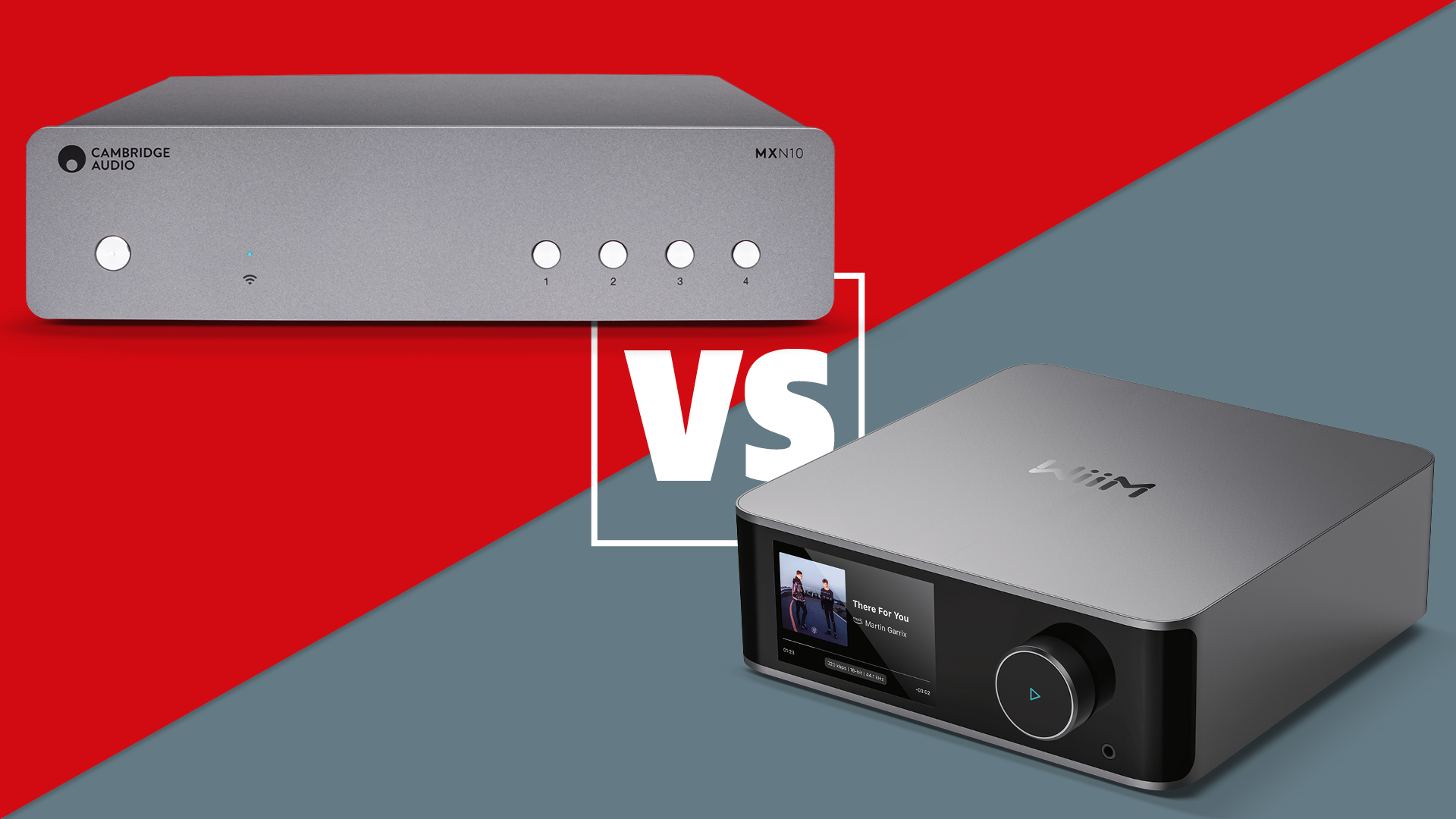Cambridge Audio talks Evo: “I can accept ‘lifestyle’, but this is a proper hi-fi product”
Taking on the just-add-speakers streaming system market
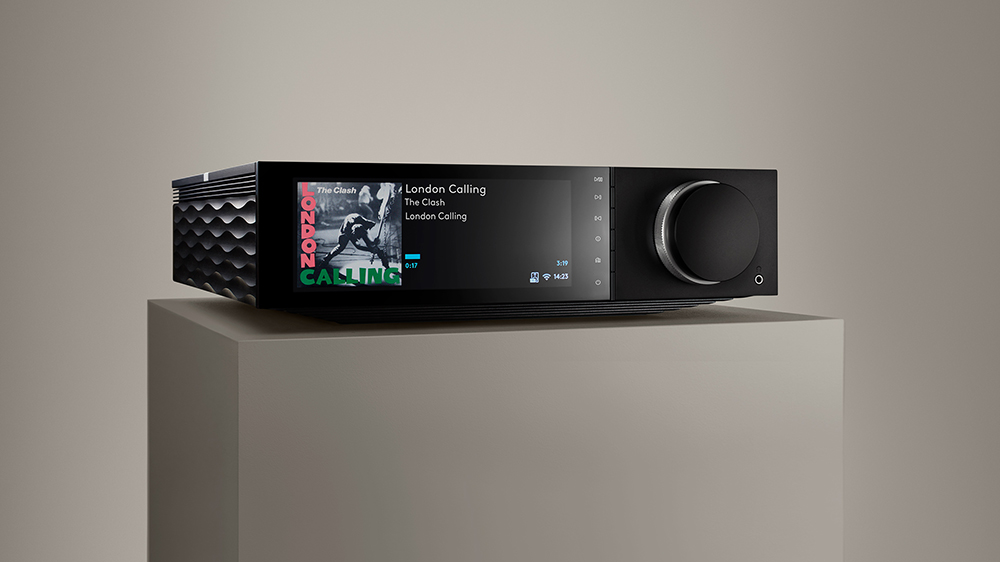
As much as we love it, hi-fi isn’t traditionally synonymous with convenience – those stacks of components and tangles of cables, the rigamarole around turntable assembly, the nuisance caused by being repeatedly bitten by the hi-fi upgrade bug.
Aiming to bring the two closer is a new era of just-add-speakers streaming systems. In recent years, electronics brands have combined music streamers and amplifiers into do-all boxes to make the prospect of 'hi-fi sound' less daunting and more domestically attractive, to both the hi-fi and wider community. With such versatile streaming boxes, you could say the microsystem has come of age.
Having established itself in both areas of audio expertise, Cambridge Audio has now entered the market – with its Evo 75 and more aspirational Evo 150. We sat down with the firm’s managing director, Stuart George, to talk about its approach to creating something that straddles hi-fi and lifestyle design; something that by its very nature should be relevant to a bigger audience than its dedicated separates.
- Read our Cambridge Audio Evo 75 review
It all started with Edge, Cambridge’s flagship hi-fi series introduced in 2018. “When we launched Edge, one of the biggest requests was 'why didn't you put a streaming module in the Edge A amplifier?' And that was part of the inspiration for the Evo. Before then, our thoughts were that an all-in-one product had to include a CD player. Evo was never intended to be a ‘mini Edge’, but our concept was to try to get all the qualities of Edge into a small form factor.”
George doesn't claim that Edge’s sonic qualities are matched by Evo. After all, Cambridge’s Edge NQ streaming preamp and Edge W power amp are a £6000-odd combination, while the Evo costs around a third of that – and even less comparable footprint-wise.
Cambridge’s midrange CX series streamer and amplifier, a similarly-priced combination to the Evo, is a fairer comparison – and the benchmark for the Evo. “I’m not going to tell you it sounds as good as a CXN and CX81 together,” says George. "But it sounds pretty comparable; we aren’t talking about night and day differences, we’re talking shades. I can accept the word ‘lifestyle’, but this is a proper hi-fi product.”
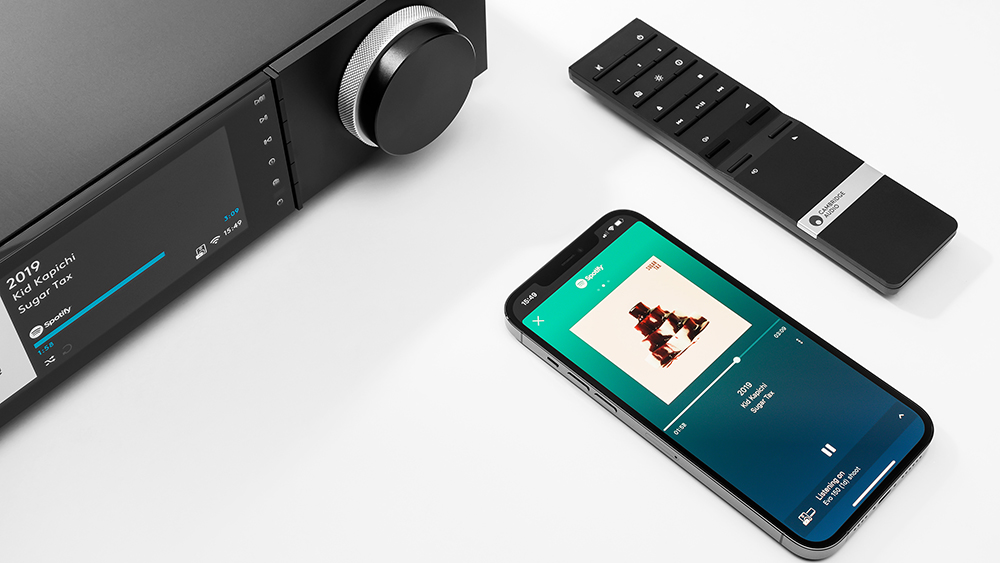
These one-box concepts shouldn’t be expected to perform better than, or even as well as, separate components of similar combined value. After all, there’s only so many electronics you can fit inside a box of this size. They tend to be smaller than traditional full-width chassis so they can be easily housed.
Get the What Hi-Fi? Newsletter
The latest hi-fi, home cinema and tech news, reviews, buying advice and deals, direct to your inbox.
“How these things fit in with people’s lives is very important. And it doesn't present a problem having that in your living room compared to having multiple Edge boxes,” says George. He admits that the original size Cambridge was aiming for had to expand to fit everything inside. "Getting all that stuff in the 150 was a challenge – the back panel is covered."
These products have to be more efficient because of this modest real estate and so, like all hi-fi in one aspect or another, they are a compromise.
That’s why Cambridge ventured outside of its own Class XA and Class AB amplification designs, which lie at the core of its dedicated amplifiers. It arrived at Class D amplification and, having realised it was an area it was not experienced in, eventually arrived at Hypex’s NCore solution.
“The objective with Evo was to use a much smaller footprint, so we knew we had to go somewhere with Class D," George explains. “The technology has been around for a while, of varying quality, but over the last few years, it has reached a level where our engineers were saying we had to use it. And Evo was the perfect way for us to do that, with its small form factor and energy efficiency.
“Hypex is a smart solution, it’s a versatile solution. It’s good at delivering performance and output in a way that it can handle the varying resistance and impedance in different speaker types.”
- Our pick of the best hi-fi systems 2021
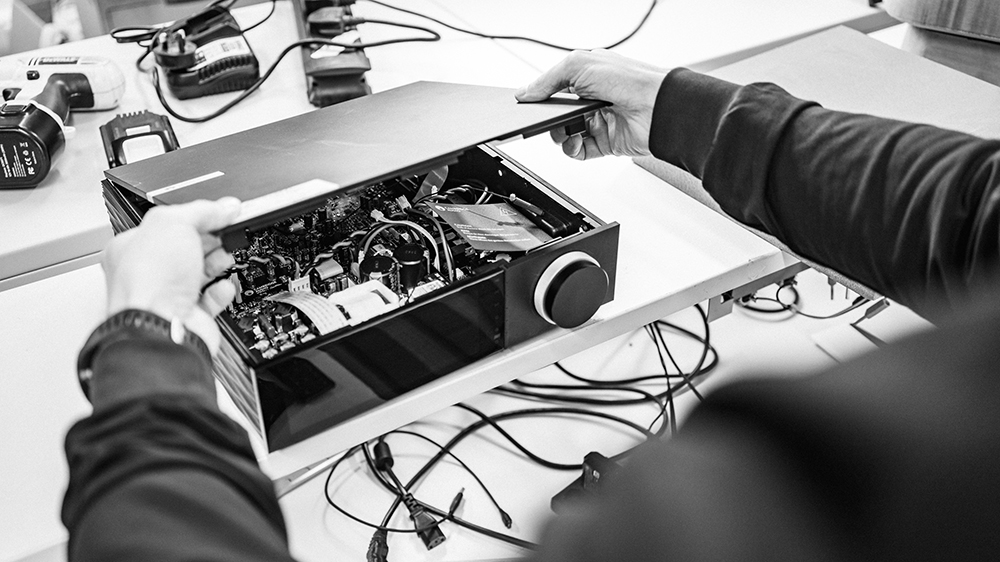
Cambridge’s senior electronics engineer, Francesco Bettucci, says that Hypex’s proprietary development of the feedback loop, in particular, is what distinguishes it from other solutions: “This means that they achieved low output impedance, no resonance at high frequencies, like many other Class D amps – this means there are no artefacts in the high-frequency range. It also achieves extremely low distortion, comparable with the best Class AB amps.”
So how does Cambridge take a third-party amplification design and make it a Cambridge-sounding product? “Our element of tuning comes in at the preamp," says George. "That’s where our engineers have spent an enormous amount of time designing the componentry that goes around the power aspect of the product. How we go about that is a fastidious exercise of sitting down and tweaking different components and listening – endless hours of listening. When designing it on paper, it’s a relatively quick exercise. What takes time is tweaking it. The listening performance is more interesting to us than the measured performance.”
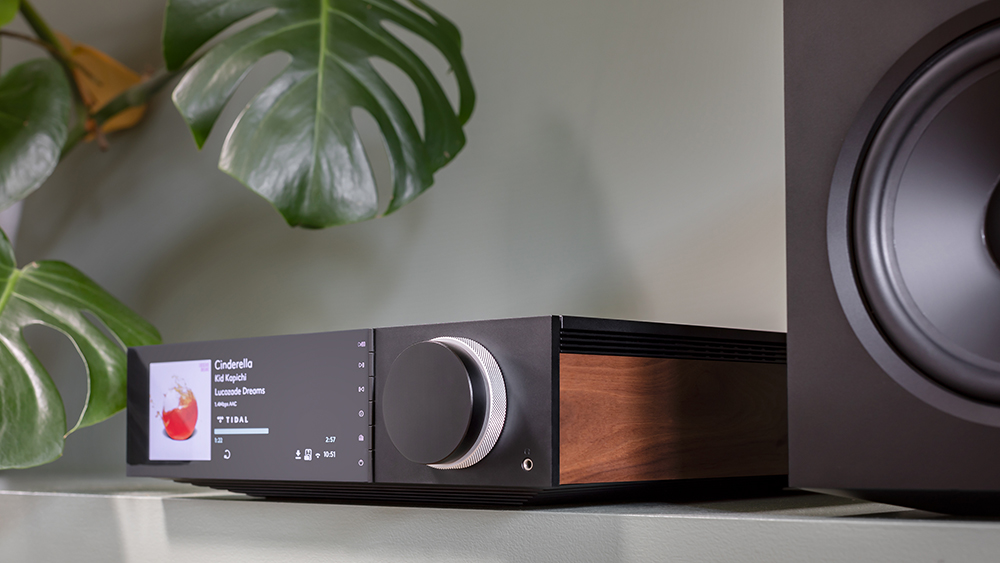
Of course, arguably as important as the amplification electronics in a multi-faceted product like this is its streaming abilities. Cambridge’s own StreamMagic platform debuted a decade ago in its NP30 streamer and has been at the foundation of more than 10 Cambridge products since.
The StreamMagic module in the Evo is a brand-new fourth-generation variant [internally called ‘Sailfish’; Cambridge engineers name each new version after a faster fish than the last], which brings improvements over the previous (Black Marlin) by having a quad-core (compared to a single) processor for better handling higher audio quality and the large display, plus built-in wi-fi (as opposed to relying on a wi-fi dongle).
To its credit, the platform ticks a lot of boxes as far as music service and file compatibility goes. But the streaming world is far from static – new service tiers, codecs and protocols are always just around the corner – so products like this must be ready. Realising the need for future-proofing, manufacturers are increasingly adopting modular designs so that connectivity and streaming hardware can be upgraded down the line if the market demands it.
For Cambridge, the traction of MQA (the technology behind hi-res Tidal Masters) proved problematic in that it required hardware its existing music streamers, such as the CXN, did not have. The new Evo has the internals to support MQA, and though Cambridge has pledged to offer new features to existing users via updates when it can, the Evo isn’t physically modular. If another MQA-like barrier comes along down the line, that could be potentially troublesome.
“Back when we launched the Zandor (iteration of StreamMagic), which predated Black Marlin, what we specified was beyond the requirements at that time," says George. "As far as we could see, there would be nothing to hold us back from doing what we were doing. What came along and changed things at that time was Chromecast. Google’s requirements were so enormous and not audio-focused, and it made it difficult to meet them in the space we’d allocated to that aspect of the processing, so we outgrew that platform version and had to keep going. We’re beholden to these guys. It’s a tough gig. But at the moment, we don’t foresee any changes that mean this Evo won't stand the test of time.”
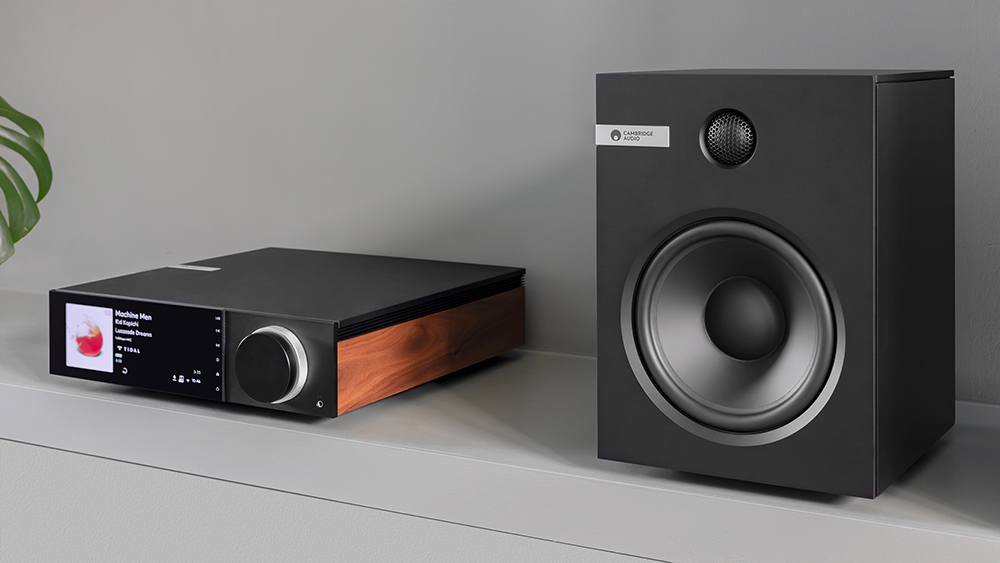
So, is there scope for a higher-end flagship Edge streaming system, or is such a product relevant at this more modest level? If people are willing to spend huge money on a system, wouldn’t they be more inclined to go down the hi-fi separates route in search of maximum performance?
“I do think there’s room to go further with these designs and one-box solutions," George says. "But if we’re going to make a more expensive, bigger design – which it would have to be – I can’t see us using Class D. With Edge, it was about taking Class XA on a journey to the extremities at that point in time. It proved what Cambridge Audio is capable of. This one has been about getting as much of the functionality and technology that we command at this moment in time into the smallest form possible while retaining the qualities around performance and sound quality.”
Wherever the streaming system goes for Cambridge Audio and other players, Evo and its finest rivals, such as the Naim Uniti Atom, Arcam SA30 and Linn Majik DSM, are successfully bringing broader relevance to the hi-fi market. Just connect it to a network, add a pair of speakers and you're ready to go. How convenient is that?
MORE:
Read our Cambridge Audio Evo 75 review
Behind the scenes: The making of: ATC SCM50
Becky is the managing editor of What Hi-Fi? and, since her recent move to Melbourne, also the editor of the brand's sister magazines Down Under – Australian Hi-Fi and Audio Esoterica. During her 11+ years in the hi-fi industry, she has reviewed all manner of audio gear, from budget amplifiers to high-end speakers, and particularly specialises in headphones and head-fi devices. In her spare time, Becky can often be found running, watching Liverpool FC and horror movies, and hunting for gluten-free cake.
-
fazalmajid I would expect an integrated solution to sound better than separates of the same price. After all, what you are not paying in separate casework and power supplies plus packaging can go into better components and better matching/synergy between preamp and power stages.Reply
Integrating the network and software side of streaming is more iffy, because most HiFi houses are not great at software, and something more generic like a RaspberryPi is more likely to be future proof to the same extent as the electronics themselves. It would be nice to have a little cubby inside an integrated amp with room for a Pi and a USB power and Ethernet jack.
The competitive product I would be most likely to compare the Evos with is the NAD M33, even if it is not yet Roon-ready. -
manicm Replyfazalmajid said:I would expect an integrated solution to sound better than separates of the same price. After all, what you are not paying in separate casework and power supplies plus packaging can go into better components and better matching/synergy between preamp and power stages.
Integrating the network and software side of streaming is more iffy, because most HiFi houses are not great at software, and something more generic like a RaspberryPi is more likely to be future proof to the same extent as the electronics themselves. It would be nice to have a little cubby inside an integrated amp with room for a Pi and a USB power and Ethernet jack.
The competitive product I would be most likely to compare the Evos with is the NAD M33, even if it is not yet Roon-ready.
The M33 is much more expensive though - even than the Evo 150.
I also think it's a shame they won't explore Class D further in bigger integrated designs - they can seperate the internal components better while providing more power.
I personally would like to see the successors to the CX amplifiers utilise Class D Hypex amplification. -
DELBOY14 Reply
If you really don't want to spend time listening to separate equipment then I dare say its ok.What Hi-Fi? said:The just-add-speakers streaming system is a burgeoning hi-fi category, and Cambridge has recently arrived in it with its Evo 75 and Evo 150 players...
Cambridge Audio on its new Evo system: “I can accept the word ‘lifestyle’, but this is a proper hi-fi product” : Read more
But there's no upgrade path other than a multi-box full of similar maybe ok components, reminds me of those 1970s chuck everything in a four legged wooden box, that most people chucked out. -
manicm ReplyDELBOY14 said:If you really don't want to spend time listening to separate equipment then I dare say its ok.
But there's no upgrade path other than a multi-box full of similar maybe ok components, reminds me of those 1970s chuck everything in a four legged wooden box, that most people chucked out.
I cannot live with a large box count anymore - my Arcam Solo Mini spoiled me. I still want good sound though. To put things into perspective my then top dog Heos sound bar still serves its purpose perfectly functionally, Spotify, Tidal etc still works after 3.5 years. So when people talk about obsolescence, the truth is always in the middle.
And it's often exaggerated. To put another thing into perspective - and I am being a bit facetious here - the cheapest Linn upgrade will probably be the cost of an Evo 75. -
Henri My M33 continues to astound me - now Roon Ready as of May.Reply
Expensive? - hell yes, was probably way too expensive, but I sacrificed greatly and got it anyway as it will be my last hi fi purchase.
I wanted to simplify my room and by doing so ditched several separate 'boxes', much to the delight of my beloved.
Even if the Evo was available when I made that decision I would still have opted for the NAD - more features and upgrade-able via rear slots.

